Have you ever noticed your cat suddenly perking up their ears when you play a particular song, or perhaps wandering over to investigate when music starts playing? While we’ve long known that cats are incredibly sensitive creatures with extraordinary hearing abilities, recent scientific discoveries have revealed fascinating insights into how our feline friends actually respond to different types of music.
From viral TikTok videos showing cats reacting dramatically to specific tunes, to carefully controlled laboratory studies measuring stress hormones, we’re beginning to understand that cats don’t just hear music differently than we do. They experience it on an entirely different level. Let’s explore some remarkable examples of feline musical reactions and decode what these behaviors reveal about their emotional states.
The Cat Who Approached Species-Specific Music
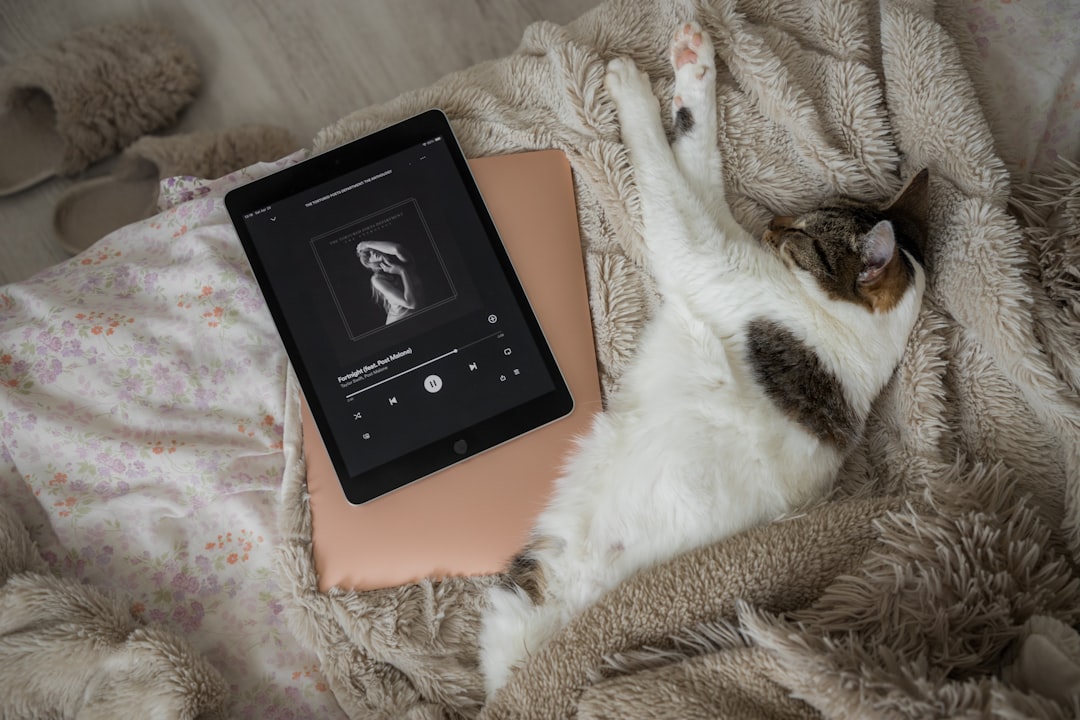
When researchers played cat-specific music designed with purring sounds and suckling rhythms, cats showed significantly more positive responses by “walking toward the speaker and rubbing against it” compared to classical music. Research shows cats typically respond more quickly and positively to cat-specific music compared to human music.
This behavioral shift reveals that cats can distinguish between music made for humans versus music composed with their own vocal patterns in mind. When a cat actively approaches a sound source, it typically indicates curiosity, comfort, or attraction rather than fear or stress.
Cats Freezing to Album Leaf’s “Window”
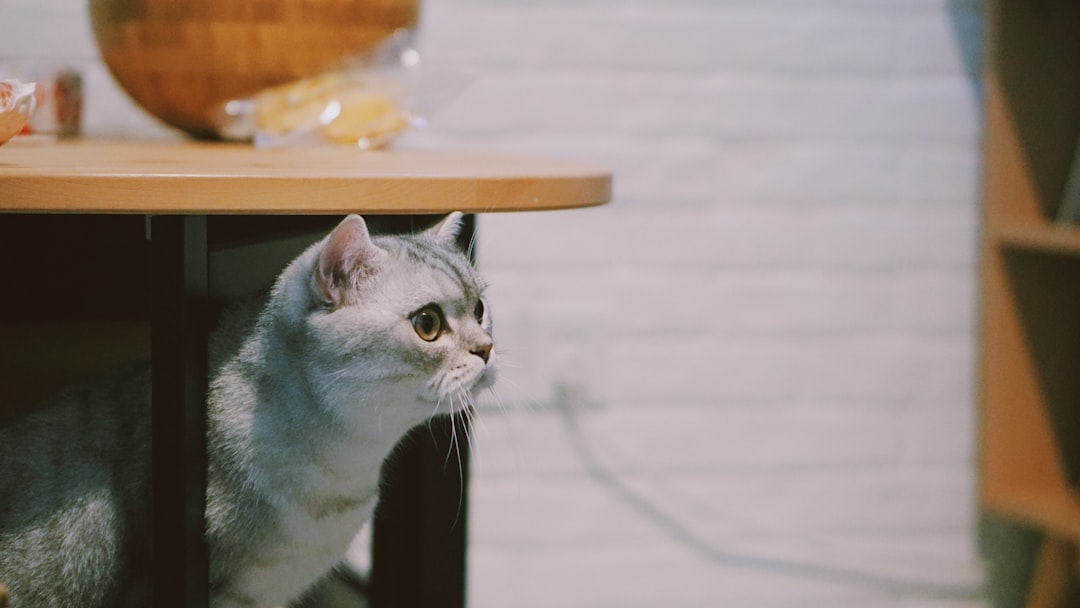
Some TikTok trends have shown cats reacting to various ambient instrumental tracks, with certain frequencies and rhythms unexpectedly piquing cats’ attention and seeming to lure them to their owners. The results were decisively mixed as some cats quickly trotted over to the source of the sound, others poked their heads up, and some simply could not be bothered.
The fact that this particular ambient track caught so many cats’ attention suggests that certain frequency ranges and tempos in human music can still resonate with felines. The varied responses also highlight how individual personality plays a role in musical preferences, much like it does in humans.
Veterinary Clinic Stress Reduction

Listening to cat-specific music prior to and during physical examinations was associated with lower stress scores and lower handling scores in cats. Taking a cat to the vets can be a stressful experience, but a study has shown that playing cat-specific music during the visit can help.
This clinical evidence demonstrates how powerfully music can influence a cat’s emotional state during high-stress situations. Lower stress scores indicate reduced anxiety, fear, and defensive behaviors, suggesting the music creates a genuinely calming effect rather than mere distraction.
Piano-Playing Cat Creating Accidental Rhythms
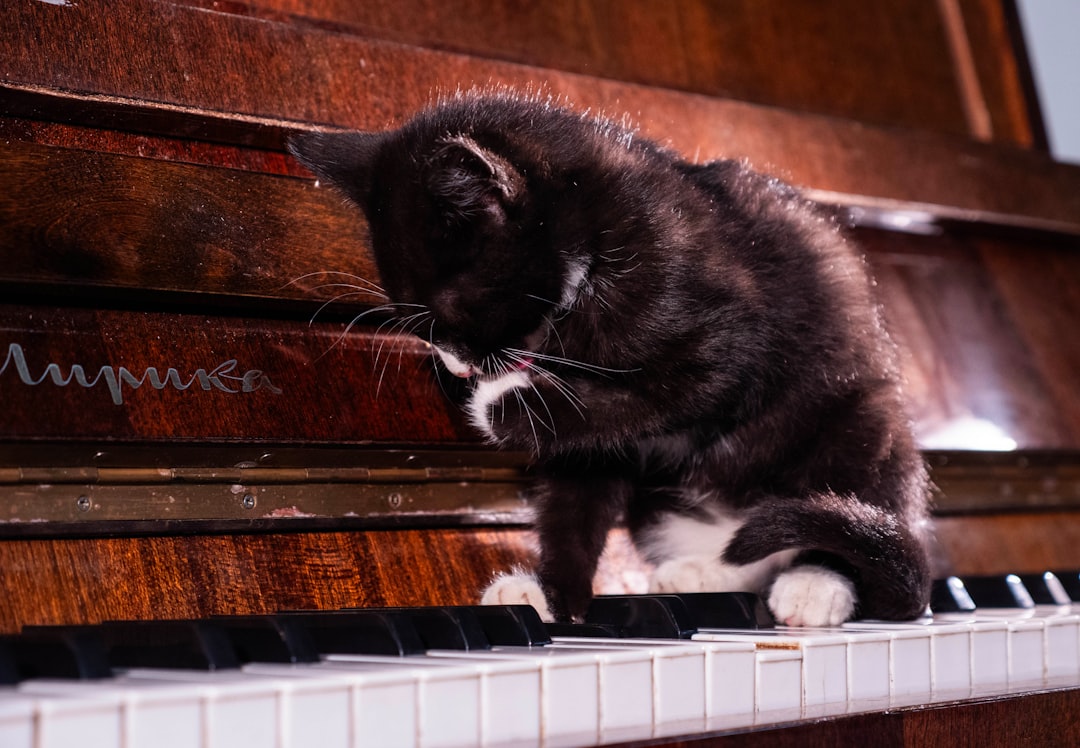
Captions set the scene of “Home alone… hearing creepy noises upstairs” before revealing an ordinary tabby cat unintentionally generating complex rhythms, with veterinary behaviorists confirming cats lack compositional intent, as the phenomenon results from accidental key activation combined with feline curiosity, with the cat likely remaining on the keyboard due to the novelty of sounds and vibrations beneath its paws.
This behavior shows how cats can be drawn to musical instruments not necessarily for the melodies they create, but for the tactile and auditory stimulation. The vibrations through the piano keys likely felt interesting to the cat’s sensitive paw pads, while the sounds provided immediate auditory feedback that maintained their interest.
Classical Music Causing Relaxation
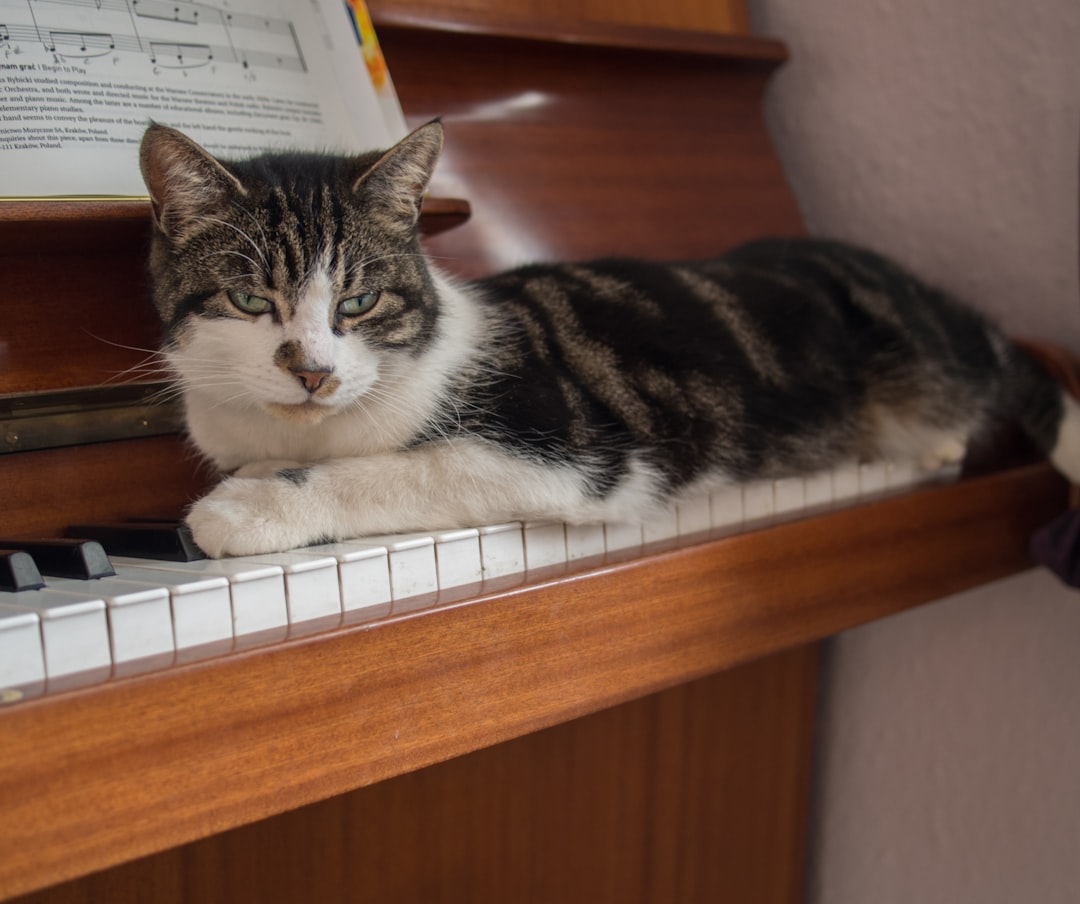
Some cat owners report that their cats appear to enjoy classical music or soft instrumental pieces, often curling up and relaxing when such music is played. Some studies suggest that cats may show more relaxed responses to gentler music with slower tempos compared to louder, more intense musical styles.
When cats curl up during music, it signals deep relaxation and comfort. This response suggests that while cats may not appreciate classical music in the same emotional way humans do, the slower tempos and gentler dynamics can still promote a peaceful state of mind.
Cats Showing Indifference to Human Music
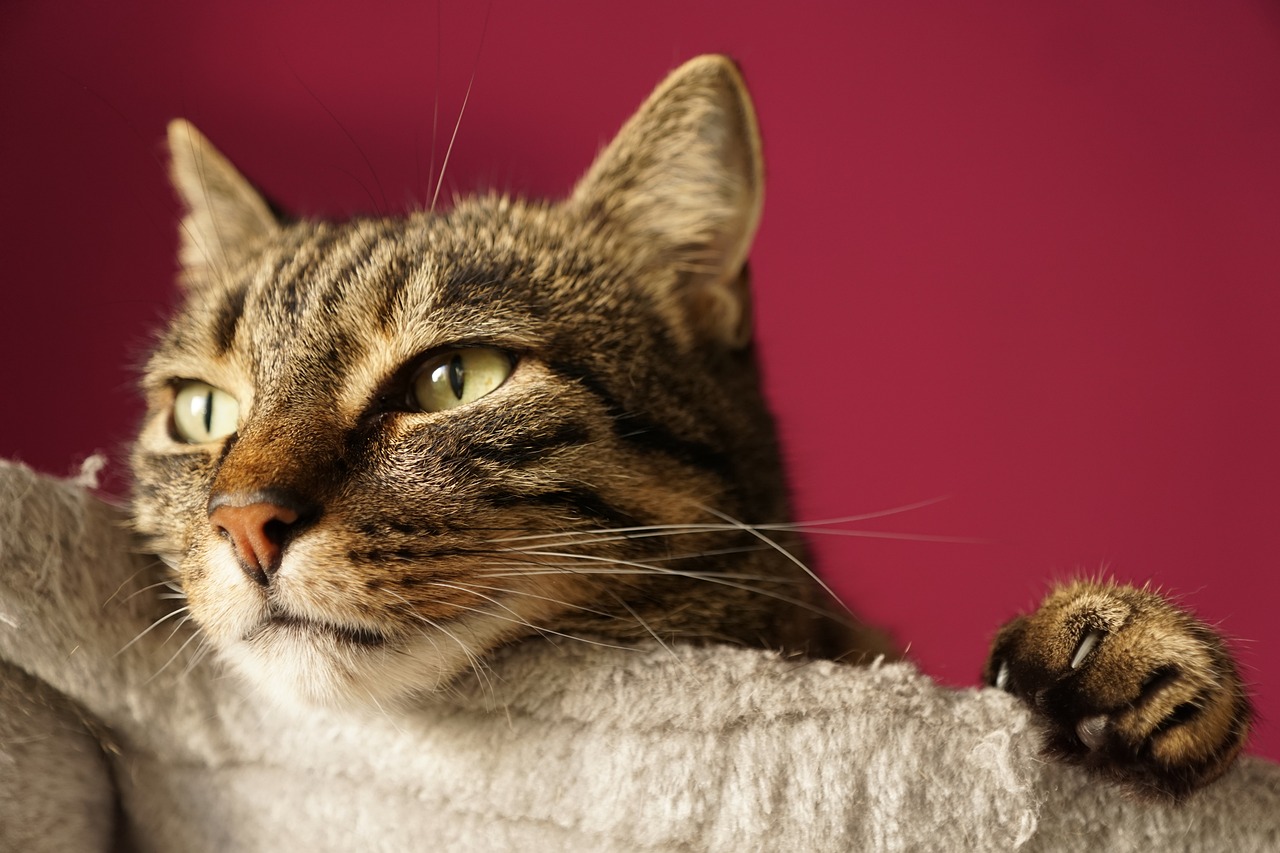
When classical music played, most cats had a neutral reaction and paid no attention to the source of the sound. Studies suggest that felines don’t seem to respond as much to human music as their doggy counterparts, however cats do appear to respond to specifically designed feline-friendly music, although overall cats appear to be more indifferent to musical influences than dogs.
This indifference isn’t necessarily negative. It often indicates that the cat feels neither threatened nor particularly interested by the sounds, maintaining their baseline emotional state without stress or excitement.
Purring Response to Familiar Rhythms
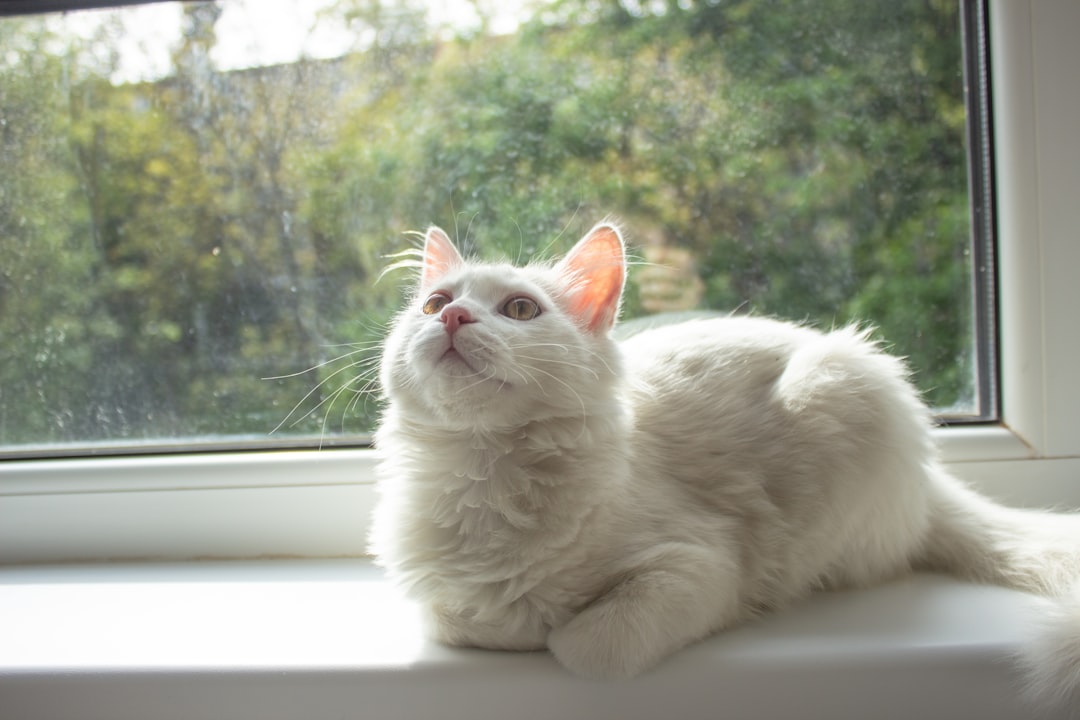
When cat-specific music played, the cats approached the speakers, with some even purring and rubbing against them. When exposed to cat-specific music, cats often show behaviors like purring, rubbing against the speakers, and orienting toward the source of the sound.
Purring combined with approach behavior is one of the strongest indicators of positive emotional response in cats. This reaction suggests the music triggers feelings similar to those experienced during social bonding, contentment, or comfort reminiscent of kittenhood.
Dramatic Reactions to TikTok Sounds
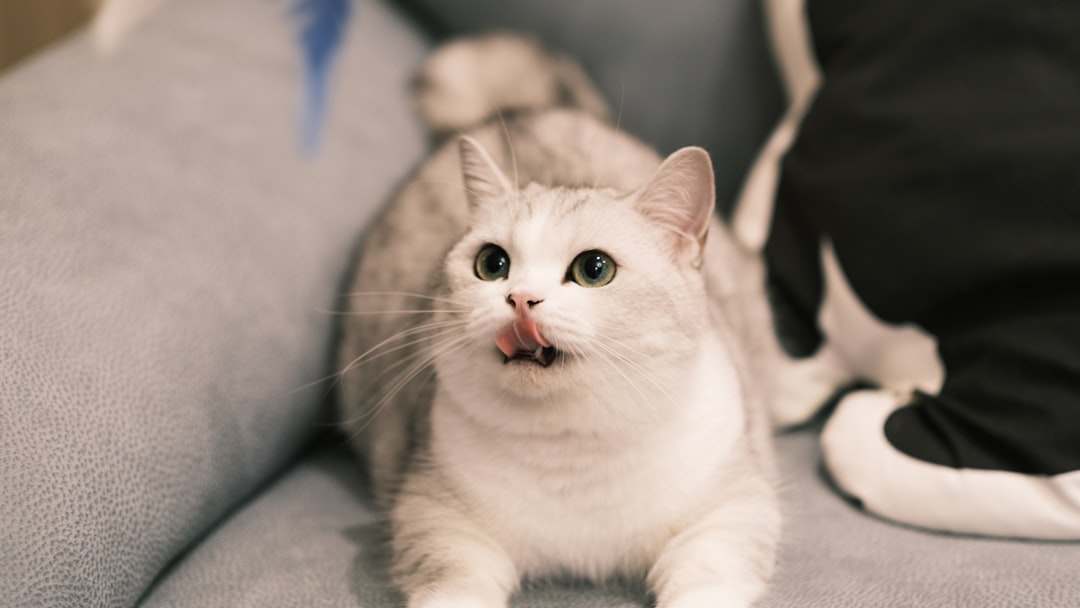
Cat parents are sharing videos of how their cats react to the sound with mixed reviews, as there are many cats who seem to be calmed by the music, purring and going straight into the comfiest cat nap ever, while others seem to be catapulted into an existential crisis while listening to the music, with their eyes growing wider and wider and their ears twitching along to the melody.
These extreme reactions suggest that certain musical elements can trigger intense emotional responses in cats. Wide eyes and twitching ears typically indicate heightened alertness or mild anxiety, while the immediate napping response shows profound relaxation.
Seeking Out Piano Practice Sessions
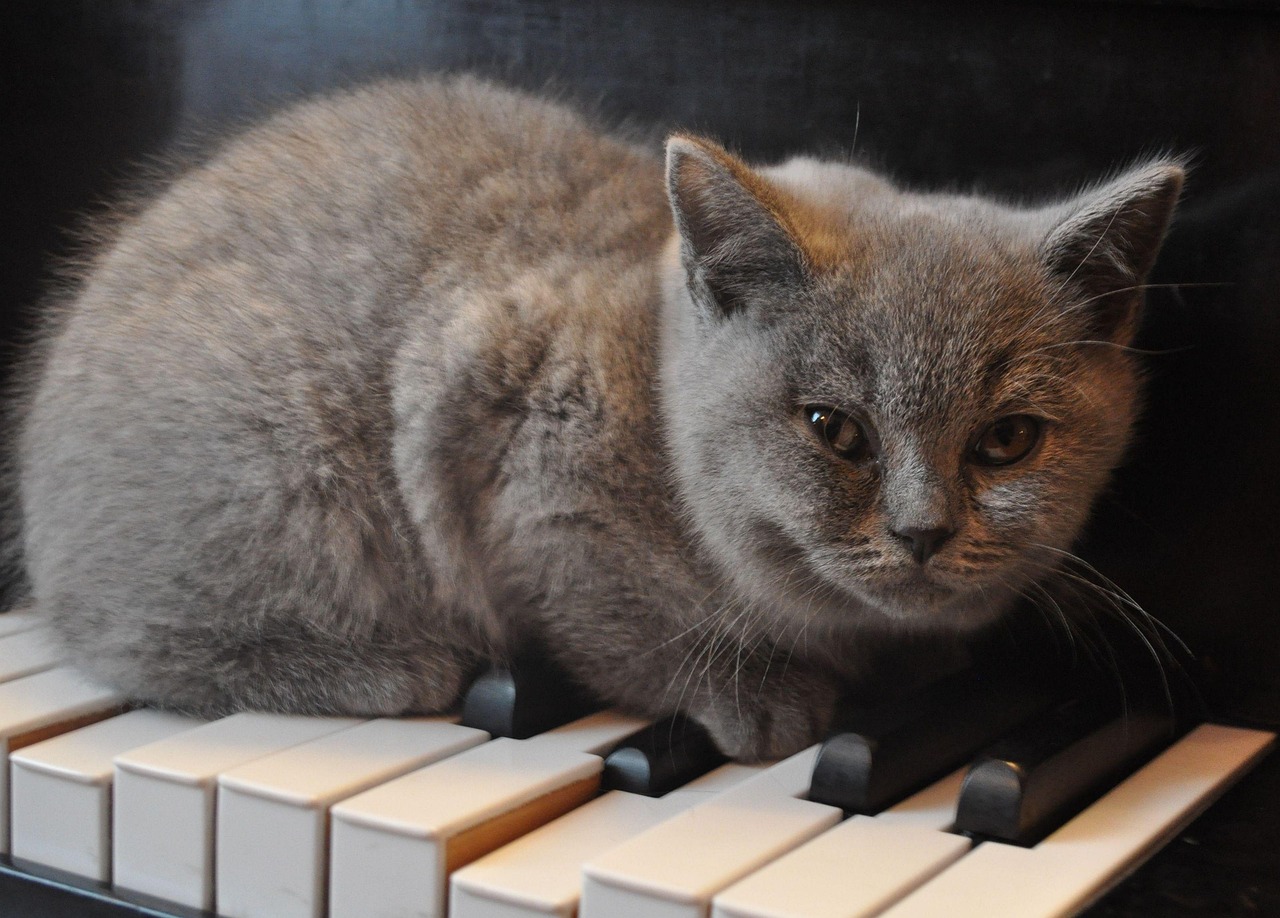
A 19-year-old cat named Lucy used to spend hours in a piano studio napping while the owner practiced and during student lessons. This behavior demonstrates how some cats actively seek out musical environments, finding the consistent sound patterns soothing enough to choose as their preferred resting spot.
The fact that this senior cat repeatedly chose to stay in the room during piano sessions indicates genuine preference rather than mere tolerance. This suggests the live acoustic piano music provided a comforting background that promoted rest and relaxation.
Stress Indicators During Loud Music

Cat owners note that their cats seem to be indifferent or even agitated by certain types of music, particularly those with loud or jarring sounds. Signs of stress include flattened ears, dilated pupils, tail flicking, or leaving the area.
These physical manifestations reveal how overwhelming or unpleasant certain musical styles can be for cats. Flattened ears and dilated pupils are clear stress signals, while choosing to leave the area entirely demonstrates active avoidance of an uncomfortable auditory experience. This reaction tells us that cats can distinguish between pleasant and unpleasant sounds and will take action to protect their wellbeing.
Understanding how cats respond to music gives us valuable insights into their emotional world and sensory experience. Studies have found that cats who listen to music are more relaxed and show fewer signs of stress and anxiety than cats who don’t listen to music. Whether your cat approaches speakers with curiosity, curls up for a peaceful nap, or dramatically reacts with wide eyes, each response tells us something unique about their personality and current mood state.
What do you think about your cat’s musical preferences? Have you noticed any particular reactions when you play different types of music? Tell us in the comments.






